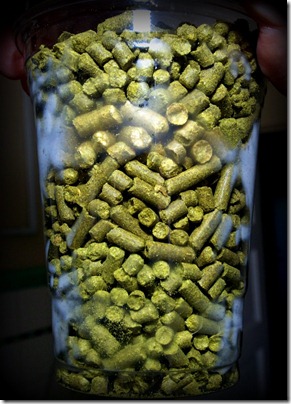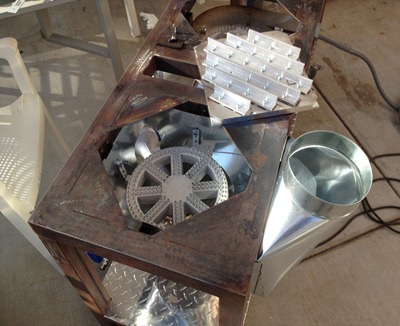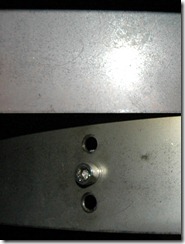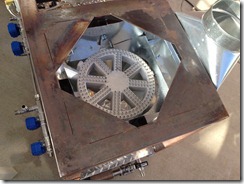 What I find interesting is that I rarely see the farm, brand or supplier of hops mentioned when discussing sources for hops. Typically, varietals are mentioned as a commodity. Someone will post, "[company name] has this year’s Cascade for $11/lb," as if Cascade from one source is the same as any other source, with the only difference being price. I never used to give this much thought, until this last year...
What I find interesting is that I rarely see the farm, brand or supplier of hops mentioned when discussing sources for hops. Typically, varietals are mentioned as a commodity. Someone will post, "[company name] has this year’s Cascade for $11/lb," as if Cascade from one source is the same as any other source, with the only difference being price. I never used to give this much thought, until this last year... Last year I purchased Citra hops from two different suppliers (both the current harvest year), and there was a huge difference between the aroma of the hops. It wasn't even close. You could take one whiff from the first bag, and then a whiff of the other, and it was night and day. One had a big citrus/tropical aroma; the other, not so much when compared to the first. Had I not had the two there to compare, I might have thought the one with less aroma was fine. After all, it still smelled like hops. It's just that it was so much more muted than the other source that I dumped out the hops that had less aroma. Why use inferior hops in something that you’re going to spend a considerable amount of time, energy and money into making?
Shopping for hops is like shopping for produce. You can shop based on price per pound, or you can shop based on quality (however you define quality is up to you). Farmers that properly grow good crops in rich soil, wait to pick them until they’re ripe, and then deliver the fresh produce to local shops for immediate purchase, simply cannot compete on price with the mega farming corporations out there that are cutting costs at every step of the process. For example, I can buy oranges at the local grocery store that are decent (taste like what my mom bought, likely at the same kind of grocery store), or I can get oranges from a local farmers market or CSA that are the juiciest, most flavorful oranges I've ever had. It's like [excuse the pun] apples and oranges. This same analogy applies to hops.
| HopUnion 1 oz and 1 lb bags |
| Hops Direct 1 lb bag (partial) |
HopsDirect seems to have fresh hops, too, but I find their 1 lb vacuum sealed foil bags a little difficult to work with. They often come hard as bricks, with the pellets being stuck together. Farmhouse Brewing Supply offers a wide variety of hops in convenient 4 oz packages, and the prices are good. I’m not a big fan of the packaging, but most of the packages remain sealed. I haven’t compared the hops that I’ve bought from Farmhouse Brewing Supply with other suppliers/retailers.
| Farmhouse Brewing Supply 4 oz bags |
Other than the big online homebrew shops, some other hop suppliers that I’ve seen people ordering from are Yakima Valley Hops (they package their own hops at reasonable prices), Nikobrew (not the best pricing, but cheap shipping), and some discount eBay sellers. I have no experience buying from these companies.
I'd be interested in hearing others' thoughts on this subject in the comments. Has anyone else found a difference between hop suppliers? Are there other good sources for quality hops at reasonable prices?

















